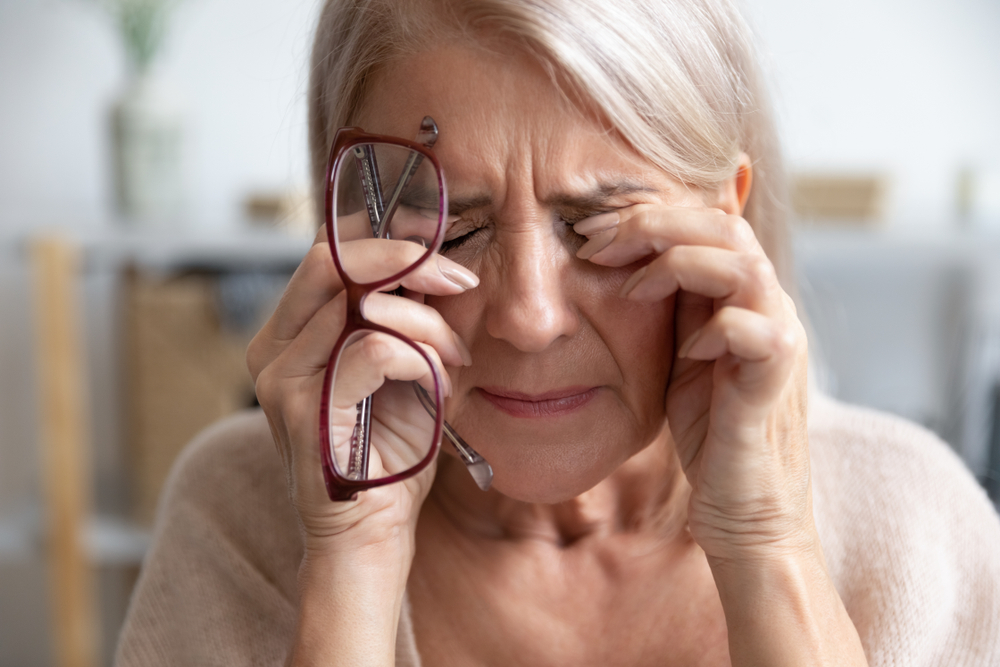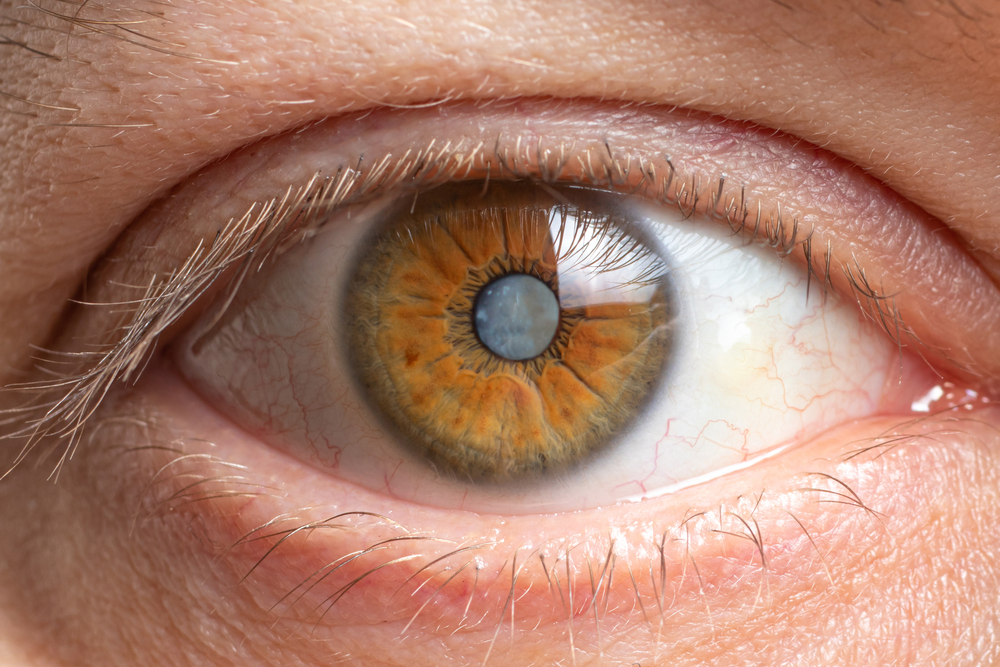
While you may have heard of cataracts and know that it is one of the leading causes of vision loss in older adults, you may still be unsure about when you should see an eye doctor for cataracts. If you are not experiencing any changes to your vision, you might even be hesitant to discuss cataracts with your eye doctor.
While there is never a wrong time to see an eye doctor about cataracts, if you are getting older or experiencing changes or problems with your vision, the right time to see an eye doctor for cataracts is now!
Keep reading to learn more about when you should see an eye doctor for cataracts!
You Are Getting to a Certain Age
While cataracts usually do not start affecting a person’s eyesight until they are over the age of sixty, cataracts typically begin developing when a person is in their forties. Many people are not even aware they have cataracts until they start to experience problems with their vision.

Starting at age forty, it is wise to start scheduling annual comprehensive eye exams, which include tests that check for signs of developing cataracts. Early diagnosis of cataracts can lead to effective treatment before cataracts start to impair your vision.
Your Vision Has Become Clouded
Clouded vision is often one of the first noticeable symptoms of developing cataracts. People with a vision that has become clouded by cataracts say that it’s like looking through a frosted window.
Cloudy vision from cataracts occurs as proteins on the lens of your eye start to break down and clump together. As these clumps of protein start to collect on the normally clear lens of your eye, they cause your vision to become cloudy.
Do you think you may be experiencing symptoms of cataracts?
You are Increasingly Sensitive to Bright Lights and Glare
People with developing cataracts may find that they are increasingly sensitive to bright lights and glare. This cataract symptom can make it uncomfortable to be outside in bright sunlight or to safely drive at night.
Cataracts impair the ability of the lens to adjust to changes in light intensities. This is especially dangerous when driving at night when the headlights from oncoming cars may seem almost blindingly bright.

You Are Finding it Difficult to See in Low Light
Cataracts can make it difficult to see things clearly in low-light environments, like restaurants with ambient light. You may find you need to use the flashlight on your phone to clearly read a menu or examine the bill.
The same collected clumps of protein that cause cloudy vision with cataracts also block light from entering the eye. When not enough light can enter the eye, it impacts the ability of the eye to see things accurately.
You Are Noticing Changes in Your Perception of Color
If you are developing cataracts, you may start noticing that your world has become a little faded. Colors you had perceived as vibrant may be much less bright than before.
As cataracts progress, the proteins inside your lens begin to clump together, which impairs your ability to see colors accurately. Not only do cataracts make colors appear faded, but they can also affect your ability to differentiate between different shades of the same color.
You Are Having Double Vision
Experiencing double vision can be another sign that you may be developing cataracts. Double vision can not only be disconcerting, but it can also be a safety hazard, particularly if you have mobility issues.
Double vision due to cataracts occurs when cataracts develop in only one eye. When only one eye is impaired by cataracts, it can affect the ability of the brain to align the visual information it receives from the retinas.
Frequent Changes to Your Vision Prescription
Are you finding that you have to update your vision prescription more often than usual to maintain your clear vision? Cataracts may be to blame.
As cataracts develop and your eyes struggle to adapt, your once stable eye prescription might not be able to ensure the consistent quality of your vision and require frequent adjustments. This can be particularly true of people with nearsightedness who are developing cataracts.
Your Pupils Appear Yellow or Milky White

Pupils that have become yellow or milky white in appearance are one of the most obvious signs of cataracts. By the time this symptom occurs, it is likely that a person’s vision has become seriously impaired.
Discoloration of the pupils is a sign of advanced cataracts when the lens has become completely covered with a thick film of clumped proteins. If left untreated, cataracts at this stage can cause blindness.
If any of the situations above apply to you, there is no better time than now to see your eye doctor for cataracts. They can give you an accurate diagnosis and offer effective treatment options to prevent your vision from being impaired by this common eye condition.
Are you concerned about cataracts? Call the professionals at Northeastern Eye Institute in Scranton, Clarks Summit, Dallas, Forty Fort, Hamlin, Honesdale, Hazelton, Peckville, Montrose, Mountaintop, Pocono Summit, Tuckhannock, Wilkes-Barre, PA, at
570-342-3145 today!